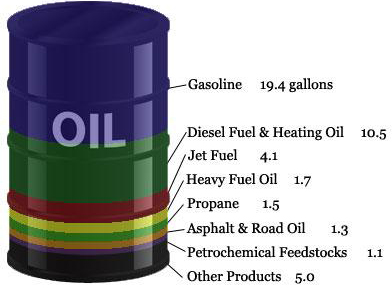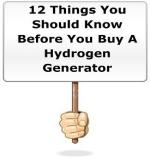Fossil FuelsThe Carboniferous Period
Coal, oil and natural gas are the three major forms of fossil fuels and were formed during the Carboniferous Period, approximately 360 to 285 million years ago. The earth was covered with large leafy plants, enormous trees and algae in the seas and swamp lands. Some deposits of coal originated during the time of the dinosaurs, 65 million years ago. Found in deposits beneath the earth and burned to free the chemical energy which is stored within this depleting resource. Fossil fuels - coal, oil and natural gas at this time supply more than 85% of all the energy used in the United States, nearly two-thirds of our electricity, and almost all of our fuels for transportation. The United States presently imports over 60 percent of its liquid fuels supply, totaling over 12 million barrels every day. Coal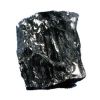
Coal is a solid, black or blackish brown colored rock-like material, made up of carbon, hydrogen, oxygen, nitrogen and different amounts of sulphur. Found underneath the earth in "coal beds", it is mined from the ground using a variety of methods. A number of coal mines are dug by sinking shafts deep under ground either vertical or horizontally, and coal miners trek by elevators or trains deep under ground to dig the coal. It is also mined in strip mines where massive steam shovels strip away the top layers above the coal. The coal is then shipped by train and boats and even in pipelines. In pipelines, the coal is ground up and mixed with water which is called a slurry, then it is pumped to factories and power plants. Hydrogen can be produced from coal by gasification. The Hydrogen and Clean Coal Fuels Program is investigating innovative technologies and methods to produce,
deliver, and utilize hydrogen from coal.
Natural Gas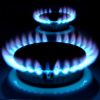
Natural gas is typically found close to petroleum underground. It is pumped from below ground and is transported through huge networks or pipelines to storage areas. Lighter than air, natural gas is mainly made up of a gas called methane, a simple chemical compound that consists of carbon and hydrogen atoms. It normally does not have an odor and you cannot visually see it. The chemical formula is CH4. A number of impurities are in all natural gas, these include sulphur and butane and further chemicals. When burned, those impurities can create
air pollution. The amount of pollution from natural gas is a smaller amount than burning fuel like gasoline. Natural gas-powered cars are more
than 90 percent cleaner than a gasoline-powered car.
Petroleum or Oil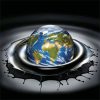
Oil is drilled for deep beneath the surface of the earth, like natural gas, by oil rigs. Transported to oil refineries, crude oil is split into various types of products by heating the thick black oil. Everything from gasoline, diesel fuel, aviation fuel, for ships, oil for home heating and oil goes to power plants to produce electricity. Thousands of
products are made from oil like plastics, clothes and fertilizers.
Reducing car pollution for our health and the environment and taking steps
now towards finding ways to free ourselves form foreign oil, should be of the upmost importance.
|
|
|
|
Search This Site
541-846-8007
Email:hho@hydrogen-generators-usa.com
|
||
|
541-846-8007
Hydrogen-Generators-USA.com Copyright© 2008-2023 Hydrogen-Generators-USA.com - All Rights Reserved | ||
